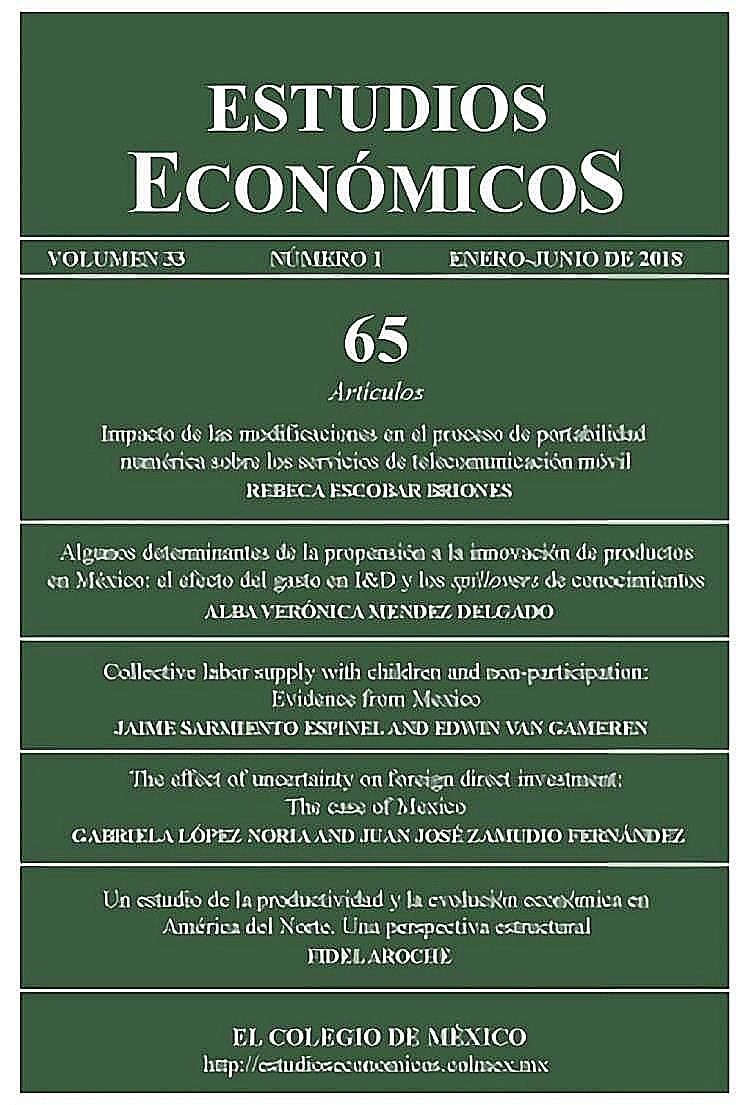Published 2018-01-01
Keywords
- collective intrahousehold decision-making models,
- labor supply,
- non-participation,
- public goods,
- sharing rule
How to Cite
Abstract
We extend the collective model of household behavior to consider both public consumption (expenditures on children), as well as non-participation in the labor market. Identification of individual preferences and the sharing rule derived by observing each individual’s labor supply and the total expenditure on the public good rest on the existence of a distribution factor and on the existence and uniqueness of individual reservation wages at which both members are indifferent as to whether a member participates or not. Using a sample of Mexican nuclear families, collective rationality is not rejected. No evidence is found that empowering mothers is more beneficial for children than empowering fathers.

